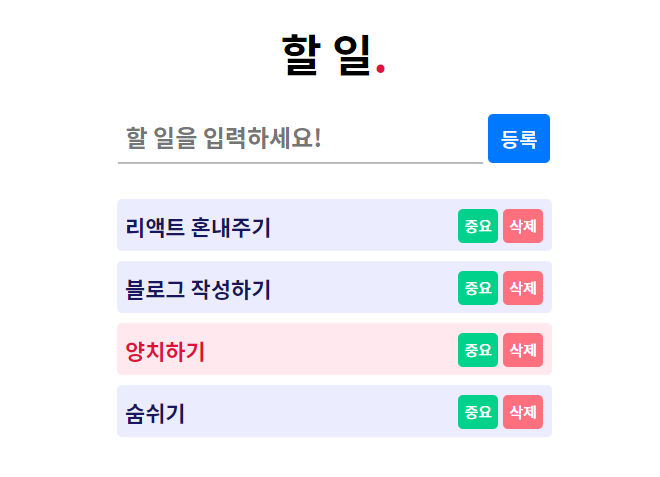
Of course, if you choose that route then you won’t be able to use Wijmo or any other libraries that rely on “real” HTML. This is the idea behind React Native, which can be used to create native applications for IOS and Android. This can result in performance gains because React computes the differences between the DOMs and is smart about applying the changes.īecause React creates its own version of the DOM, using its own components, they can bypass the browser entirely and render the document themselves. React applications work against this copy, and React takes care of applying the changes to the actual DOM. One of the main ideas behind React is that of keeping a copy of the DOM using their own data structures. This conversion could also be performed off-line during the build process. The script is written in JSX, which is transpiled into JavaScript on-the-fly using babel. The application creates two components and renders the main one on the browser. render the app component into the browser The listing below shows a very simple React application: Component logic is written in JavaScript (instead of templates), so you can keep your data intact through the entire app. Building complex UIs is a matter of composing components. React uses components that manage their own state.

The virtual trees are created using JavaScript or JSX (a JavaScript syntax extension that makes JavaScript look like HTML). Instead of adding support for custom tags and attributes in HTML markup, it builds and maintains virtual document trees, and synchronizes those with the browser’s actual DOM when necessary. It's very different from Angular and most typical JavaScript frameworks. React is not a full framework but “a JavaScript library for building user interfaces”. If you're interested in a quick introduction to React and a comparison between it and other frameworks and libraries, here's a great article on that topic: Angular 2 versus React. React is unique and incredibly popular, so we won't spend any time discussing its details here.

React is Facebook's library for building user interfaces in JavaScript. As of Build 207, Wijmo officially supports ReactJS.

Here's a quick introduction on how to use Wijmo controls in your ReactJS applications.


 0 kommentar(er)
0 kommentar(er)
